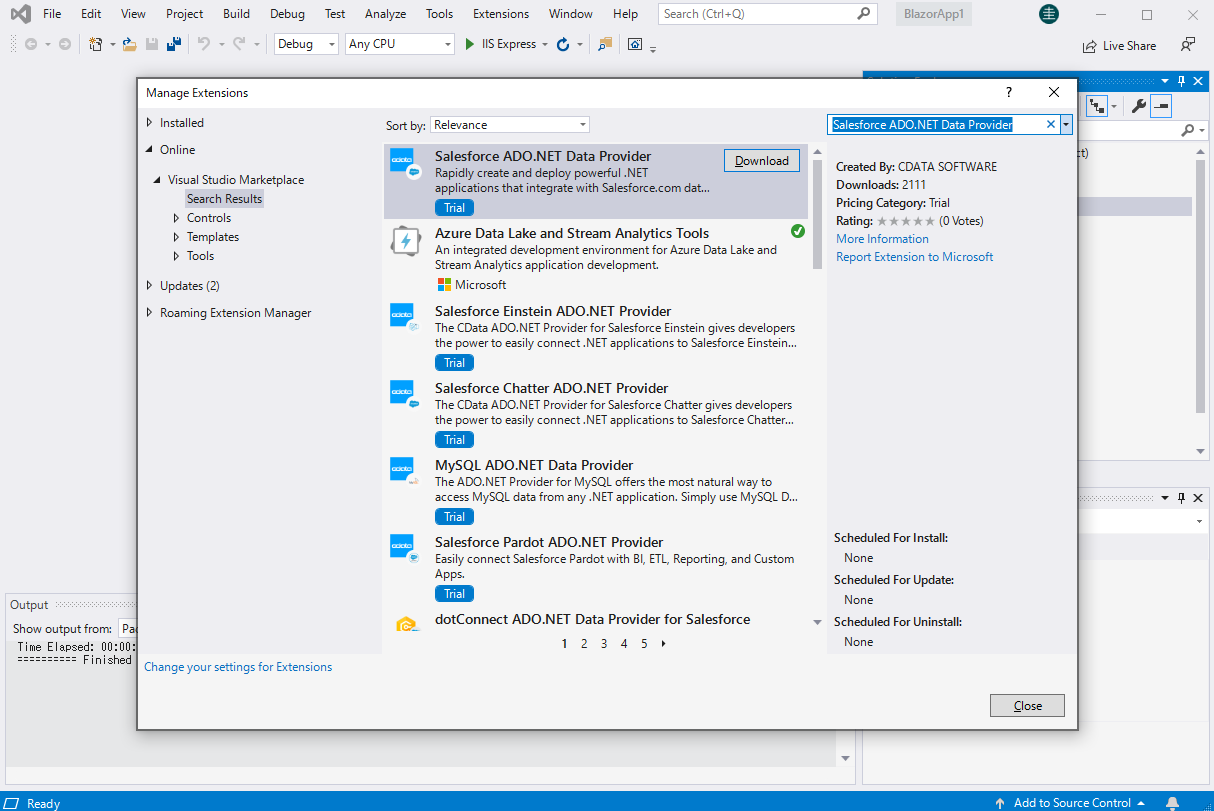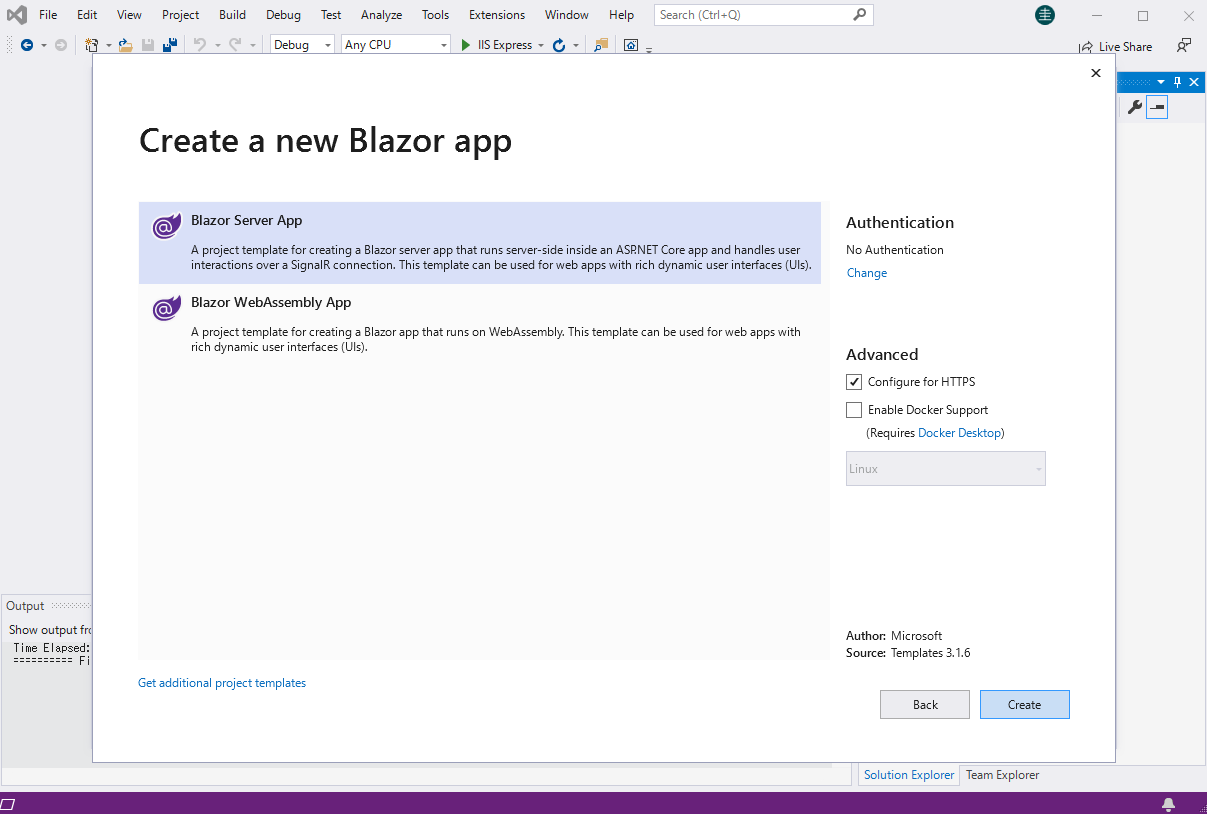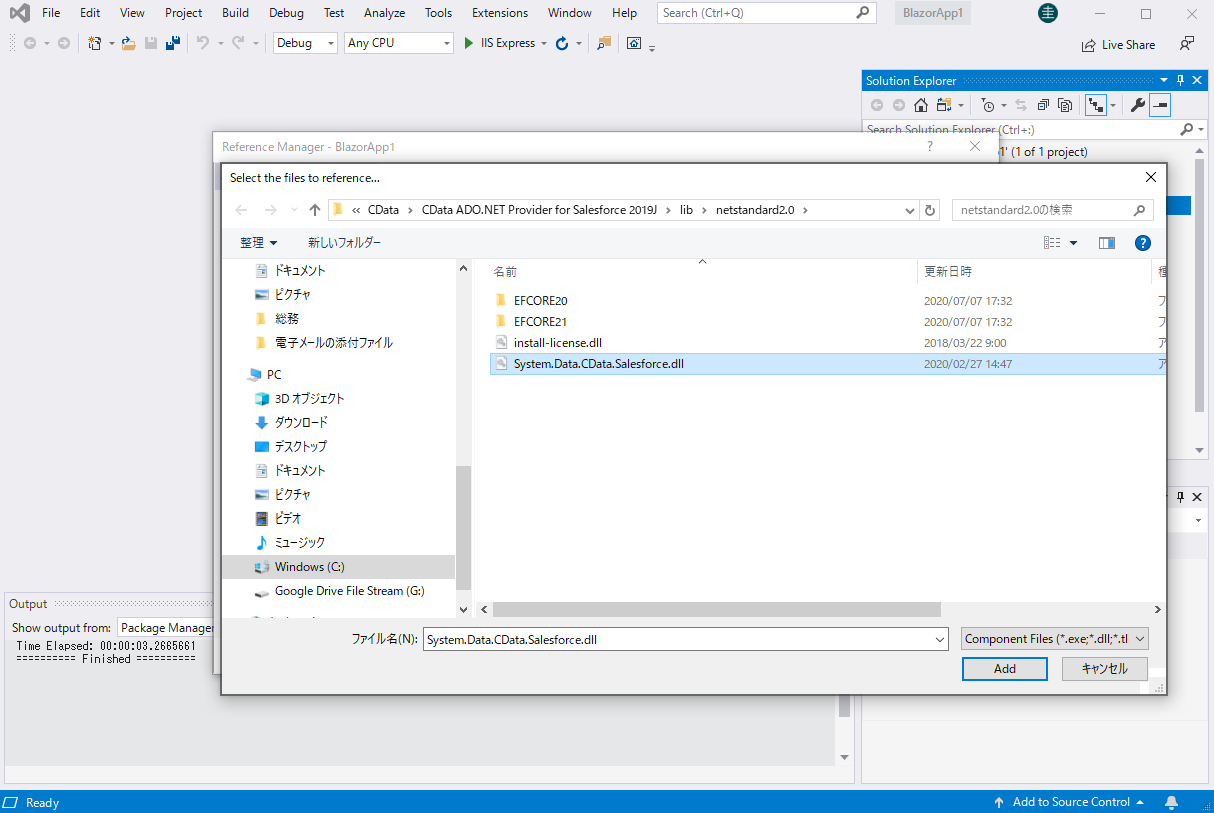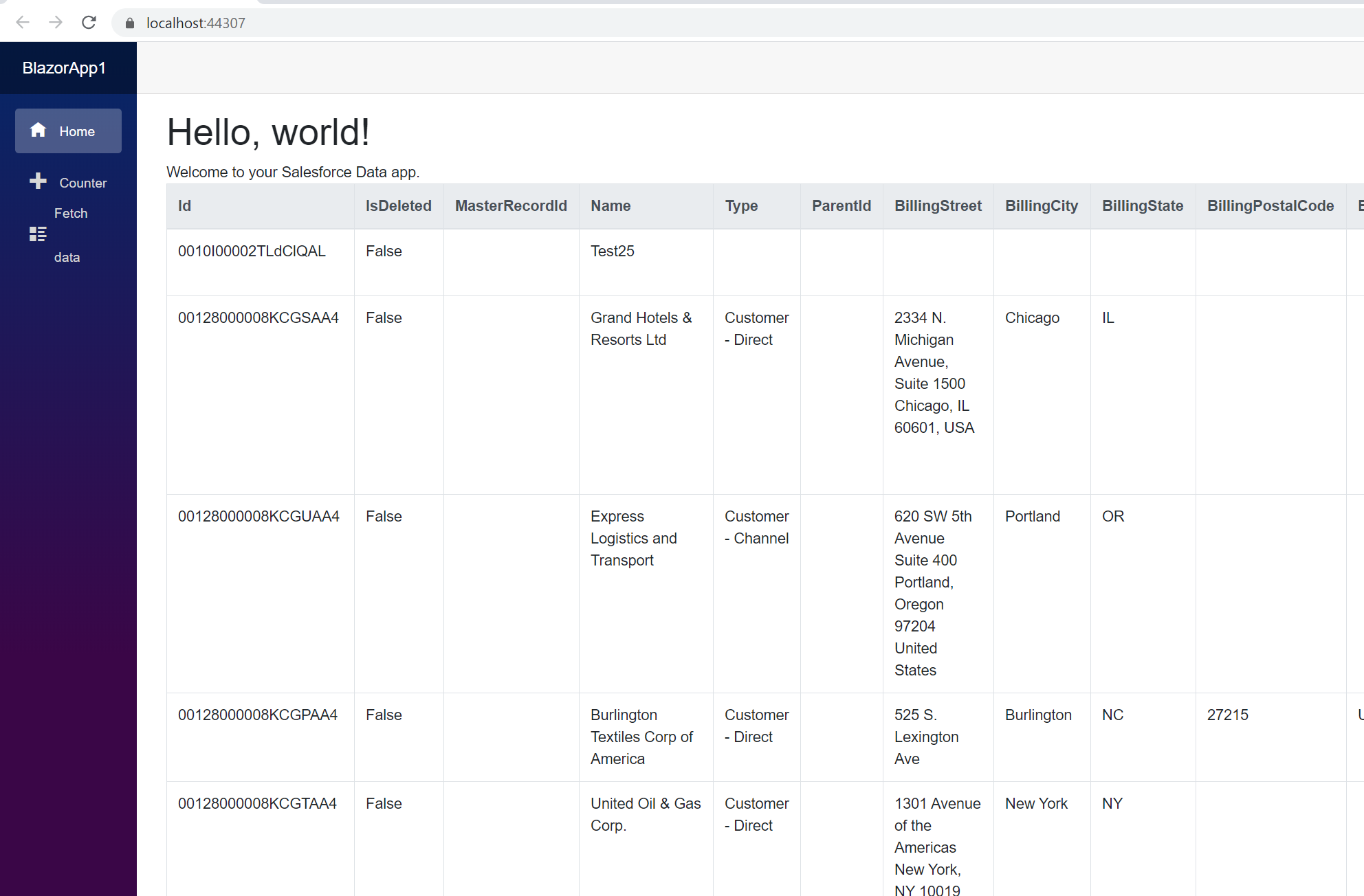Discover how a bimodal integration strategy can address the major data management challenges facing your organization today.
Get the Report →Connect to Oracle Eloqua Data from Blazor Apps
Build ASP.NET Core Blazor C# apps that integrate with real-time Oracle Eloqua data using standard SQL.
Blazor is a framework for developing modern, client-side web UIs using .NET technology. Instead of coding in JavaScript, developers can use the familiar C# language and .NET libraries to build app UIs.
The CData ADO.NET Provider for Eloqua can be used with standard ADO.NET interfaces, such as LINQ and Entity Framework, to interact with live Oracle Eloqua data. Since Blazor supports .NET Core, developers can use CData ADO.NET Providers in Blazor apps. In this article, we will guide you to build a simple Blazor app that talks to Oracle Eloqua using standard SQL queries.
Install the CData ADO.NET Provider for Eloqua
CData ADO.NET Providers allow users to access Oracle Eloqua just like they would access SQL Server, using simple SQL queries.
Install the Oracle Eloqua ADO.NET Data Provider from the CData website or from NuGet. Search NuGet for "Oracle Eloqua ADO.NET Data Provider."

Create a Oracle Eloqua-Connected Blazor App
Start by creating a Blazor project that references the CData ADO.NET Provider for Eloqua
- Create a Blazor project on Visual Studio.
- From the Solution Explorer, right click Dependencies, then click Add Project Reference.
- In the Reference Manager, click the Browse button, and choose the .dll file of the installed ADO.NET Provider (e.g. System.Data.CData.OracleEloqua.dll, typically located at C:\Program Files\CData\CData ADO.NET Provider for Eloqua\lib etstandard2.0).


SELECT Oracle Eloqua Data from the Blazor App
- Open the Index.razor file from the Project page.
- In a OracleEloquaConnection object, set the connection string:
There are two authentication methods available for connecting to Oracle Eloqua: Login and OAuth. The Login method requires you to have the Company, User, and Password of the user.
If you do not have access to the username and password or do not wish to require them, you can use OAuth authentication. OAuth is better suited for allowing other users to access their own data. Using login credentials is better suited for accessing your own data.
For example: User=user;Password=password;Company=CData;
- The code below creates a simple Blazor app for displaying Oracle Eloqua data, using standard SQL to query Oracle Eloqua just like SQL Server.
@page "/" @using System.Data; @using System.Data.CData.OracleEloqua; <h1>Hello, world!</h1> Welcome to your Data app. <div class="row"> <div class="col-12"> @using (OracleEloquaConnection connection = new OracleEloquaConnection( "User=user;Password=password;Company=CData;")) { var sql = "SELECT Name, ActualCost FROM Campaign"; var results = new DataTable(); OracleEloquaDataAdapter dataAdapter = new OracleEloquaDataAdapter(sql, connection); dataAdapter.Fill(results); <table class="table table-bordered"> <thead class="thead-light"> <tr> @foreach (DataColumn item in results.Rows[0].Table.Columns) { <th scope="col">@item.ColumnName</th> } </tr> </thead> <tbody> @foreach (DataRow row in results.Rows) { <tr> @foreach (var column in row.ItemArray) { <td>@column.ToString()</td> } </tr> } </tbody> </table> } </div> </div> - Rebuild and run the project. The ADO.NET Provider renders Oracle Eloqua data as an HTML table in the Blazor app.
![Query Oracle Eloqua from Blazor app.]()
At this point, you have a Oracle Eloqua-connected Blazor app, capable of working with live Oracle Eloqua data just like you would work with a SQL Server instance. Download a free, 30-day trial and start working with live Oracle Eloqua data in your Blazor apps today.






